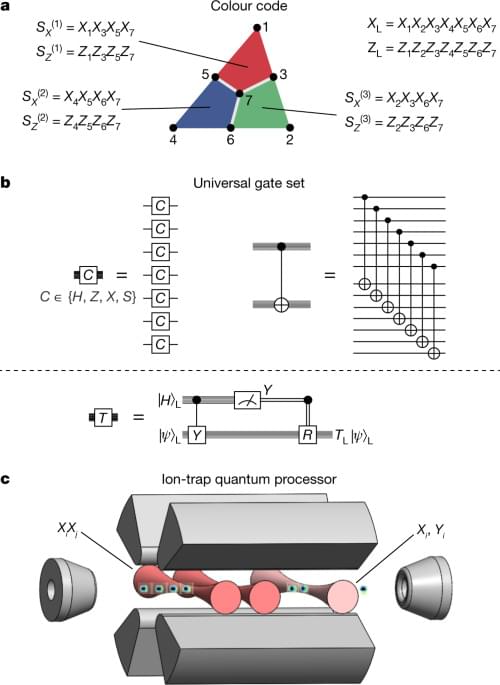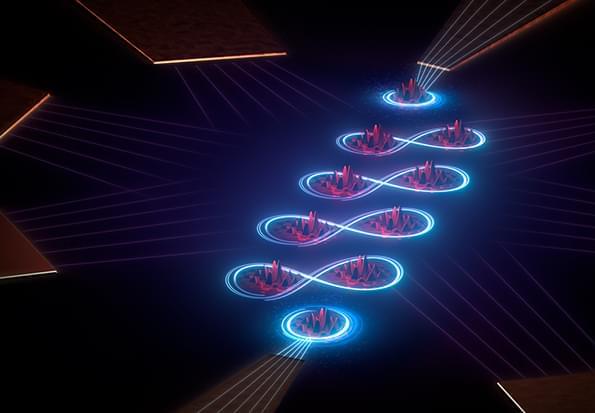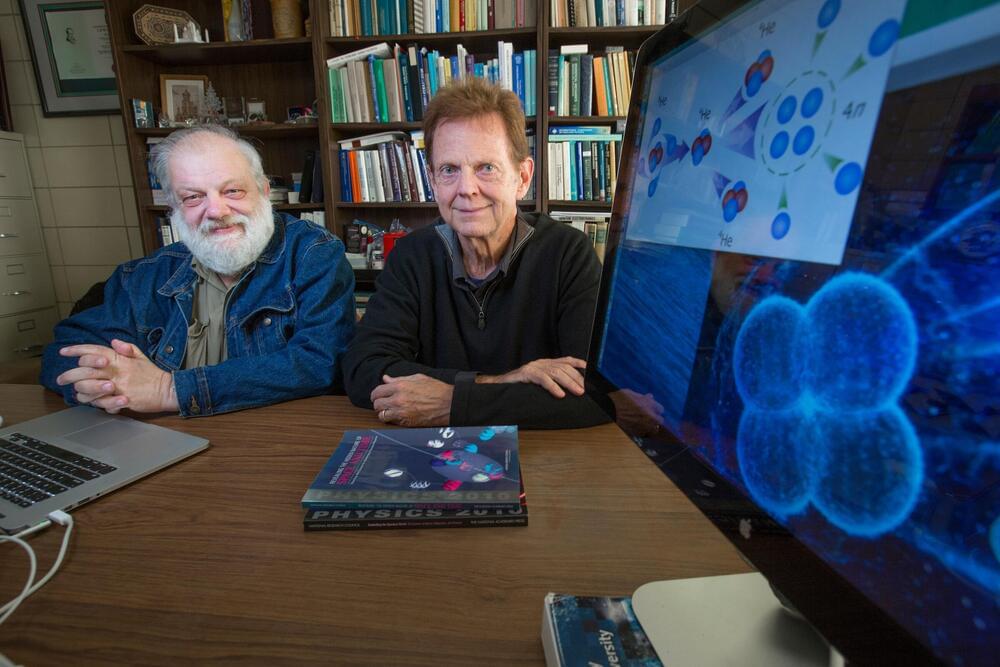IBM is building accessible, scalable quantum computing by focusing on three pillars:
**· **Increasing qubit counts.
**· **Developing advanced quantum software that can abstract away infrastructure complexity and orchestrate quantum programs.
**· **Growing an ecosystem of quantum-ready enterprises, organizations, and communities.
The next step in IBM’s goals to build a frictionless development experience will be the release of Qiskit Runtime in 2022, which will allow developers to build workflows in the cloud, offering greater flexibility. Bringing a serverless approach to quantum computing will also provide the flexibility to distribute workloads intelligently and efficiently across quantum and classical systems.
To help speed the work of developers, IBM launched Qiskit Runtime primitives earlier this year. The primitives implement common quantum hardware queries used by algorithms to simplify quantum programming. In 2023, IBM plans to expand these primitives, as well as the capability to run on the next generation of parallelized quantum processors.
Full Story:








